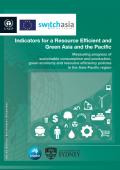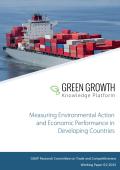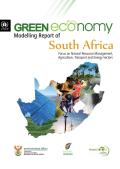This book explores the environmental competitiveness of 133 countries around the world, presenting an index evaluation system to facilitate a comparative analysis of environmental competitiveness on a global scale. This is a new way to measure competitiveness in the light of the contradiction between world economic development and environmental protection. Global environmental competitiveness covers five aspects: the ecological environment, resources environment, environmental management, environmental impacts and environmental coordination. The authors use longitudinal study and horizontal analysis, combining qualitative and quantitative analysis methods so as to conduct an in-depth study of theoretical, empirical and methodological issues of global environmental competitiveness.This book will appeal to scholars and professionals with an interest in environmental issues and environmental competitiveness at a global level, as well as those with an interest in each of the 133 countries analyzed in this text, including environmental policy makers in those countries.

Natural resources are the foundation of economic development. This report reveals the patterns and the evolution of natural resource use with 118 indicators in 26 countries of the Asia and the Pacific region over the last 40 years. The analysis shows that resource use in the region is both inefficient and unsustainable. The Asia-Pacific region will not be able to base its future economic growth on declining costs of natural resources as was possible during most of the twentieth century. An increasing reliance on resources from abroad and volatility in the global resource markets will pose challenges to the economic resilience of countries in the region. In this new economic context resource efficiency and decoupling of economic growth and resource use will be fundamental to the economic success of the region. The knowledge generated by this report helps to improve the understanding of the natural resource use and emissions consequences of economic growth in Asia and the Pacific to support policy formulation, monitoring and policy evaluation in the countries of the region.
Green economy (GE) was recognized at the UN Conference on Sustainable Development (Rio+20) in 2012 as an essential tool in achieving sustainable development. Effective GE policymaking requires indicators that capture the nexus of economic, social and environment issues in order to provide the evidence-based information necessary for effective decision-making. UNEP has developed a Green Economy Indicators Framework that weaves various indicators into the Integrated Policymaking process and is intended to assist policymaking at the country level. This report synthesises three studies on the role of indicators in assisting national green economy policymaking that were conducted in Ghana, Mauritius and Uruguay. Based on these country experiences, the report discusses key findings and challenges.


